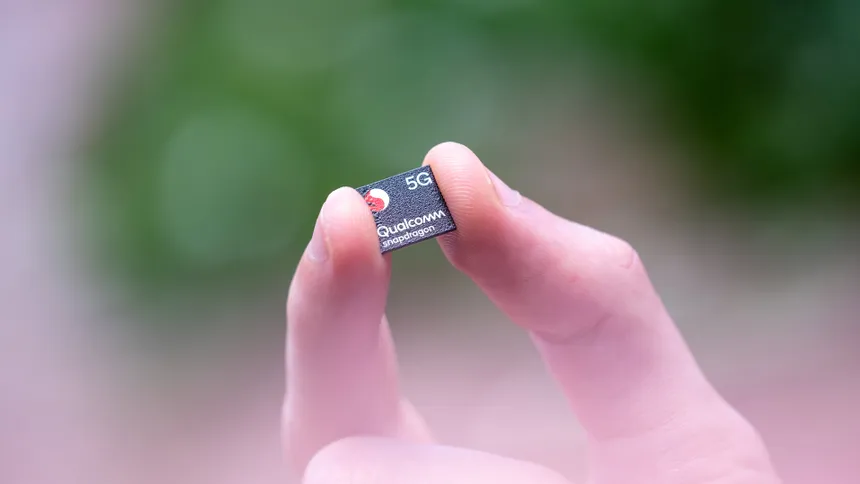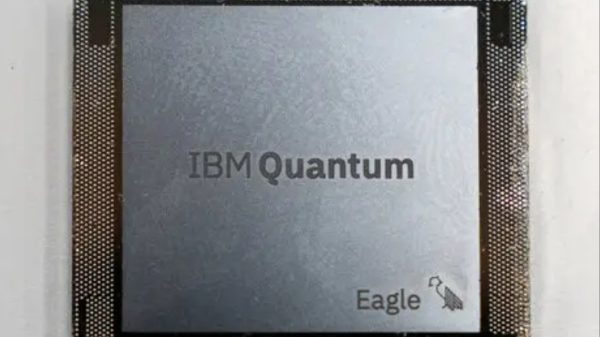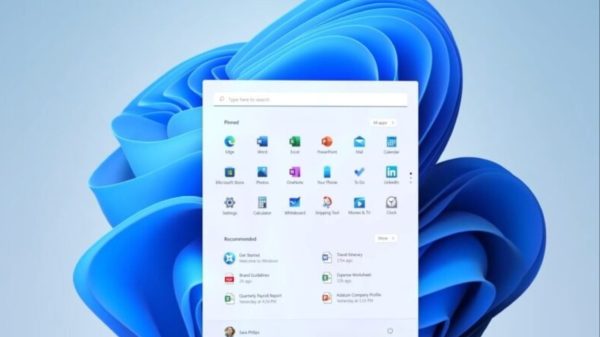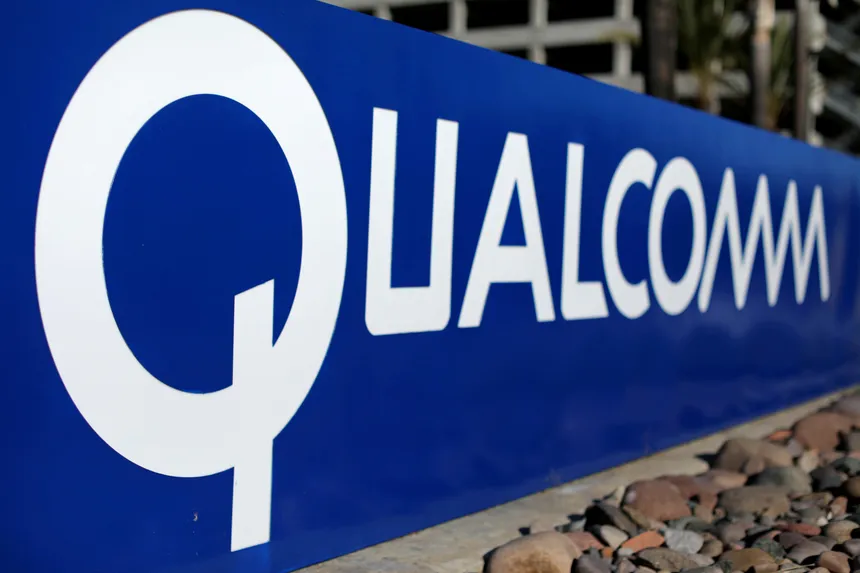The recent cancellation of Qualcomm’s Snapdragon Satellite plans has sent shockwaves through the tech industry, leaving Android phone users wondering when they will have access to satellite connectivity, a feature that has already been pioneered by Apple. The cancellation of the project, which aimed to bring emergency messaging to Android devices through satellite-based technology, has left a gap in the market for satellite connectivity on Android phones.
Qualcomm’s decision to terminate the project is attributed to a lack of interest from smartphone manufacturers, who were hesitant to adopt a proprietary solution. This has led to a stalemate, with no clear roadmap for satellite connectivity on Android devices. In contrast, Apple’s satellite SOS support, which allows iPhone users to send emergency messages and request assistance when out of cellular or broadband coverage, has received widespread acclaim.
The cancellation of Snapdragon Satellite plans has sparked concerns about the availability of satellite connectivity on Android phones, leaving consumers without a reliable means of communication in emergency situations. Android manufacturers are expected to find alternative solutions to provide their users with a reliable means of communication in emergency situations. However, current solutions offered by manufacturers such as Bullit Group and Motorola are limited and do not match the ease and reliability of Apple’s proprietary approach.
Bullit Group’s Cat S75, an Android device that offers direct-to-satellite communication using MediaTek’s NTN chip, allows users to send messages to anyone in their contacts list. Motorola’s Defy Satellite Link, a Bluetooth-based puck, allows any smartphone to send and receive texts over a satellite link, featuring a dedicated SOS button. While these solutions provide a means for Android users to communicate in emergency situations, they are not as seamless and reliable as Apple’s proprietary approach.

Android Phone Users Face Uncertainty with Cancellation of Qualcomm’s Satellite Plans
The future of satellite connectivity on Android phones is uncertain, with no clear timeline for when these devices will have access to this technology. However, companies such as SpaceX and Amazon are already working on their own satellite-based networks, and carriers are partnering with them to provide services to their customers. As the technology continues to evolve, it is likely that a new wave of satellite-enabled devices will hit the market, changing the way we communicate in emergency situations forever.
In the meantime, Android phone users will have to rely on alternative methods of communication in emergency situations, such as cellular networks or traditional satellite phones. While these methods are available, they are often expensive and limited in their capabilities. The cancellation of Snapdragon Satellite plans has left a gap in the market for satellite connectivity on Android phones, and it will be up to manufacturers to find a solution that meets the demands of consumers.
Ultimately, the failure of Snapdragon Satellite plans has raised questions about the future of satellite connectivity on Android phones. While Apple has set the bar high with its proprietary approach, Android manufacturers will need to find alternative solutions to provide their users with a reliable means of communication in emergency situations. As the technology continues to evolve, it is likely that we will see a new wave of satellite-enabled devices hit the market, changing the way we communicate in emergency situations forever.









































